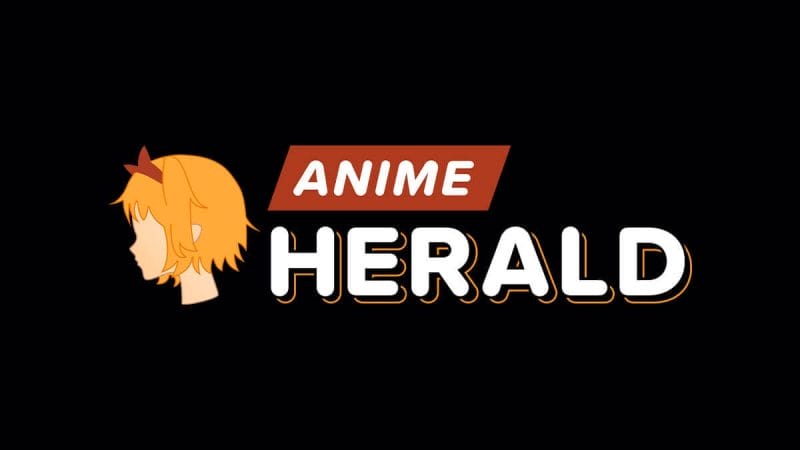 Over the past few years, we’ve seen the idea of value in the anime market change drastically. We went from a period when $30 singles ruled the market, to the days of cheap boxed sets, to a new era of free streaming. We have new shows airing for free, often within hours of the show’s run in Japan. As an anime fan, I have to admit that the convenience and pricing has never been better. However, as an impartial viewer of the market, I have to question the race to “free.”
Over the past few years, we’ve seen the idea of value in the anime market change drastically. We went from a period when $30 singles ruled the market, to the days of cheap boxed sets, to a new era of free streaming. We have new shows airing for free, often within hours of the show’s run in Japan. As an anime fan, I have to admit that the convenience and pricing has never been better. However, as an impartial viewer of the market, I have to question the race to “free.”
The race to free product is something that any seasoned marketer will try to avoid in great volume. Godin calls it the “last refuge of the person who’s not a very good marketer.” Christensen calls it a “devaluation,” or “demonetization.” The base concept is simple: going cheap means a short-term hit. The rush will produce a bump in sales, and an increase in revenues for a time, but the gains rarely last. Free products don’t create loyal customers, nor do they provide any value in the eyes of the consumer. As Godin states, “cheaper doesn’t create loyalty, because the other guy can always figure out how to be cheaper still, at least in the short run.”
And, frankly, he’s right. We’re in a time of fast, free product and a more “to-the-minute” approach to anime distribution. However, we still don’t see a magical turn to these sources from those who cling to their black-market products. After all – free is free, whether it’s from a publisher, from YouTube, or from some anonymous web tracker.
Now, don’t get me wrong – I love free stuff, and it absolutely has its place in the market today. However, to see the major digital players literally tripping on themselves to give away full shows for free doesn’t exactly inspire confidence in the product. Instead, it may be more prudent for the content providers to return the idea of “free” to a more limited, more powerful position, back when it was used in conjunction with things like samples, or bonuses.
As a bit of a hypothetical example, let’s take FUNimation’s stream of [C] – CONTROL. This is a show that streamed in its entirety for free on FUNimation’s video portal. From my understanding, the show was well-liked, but it was dropped and forgotten as soon as it ended. The Power of Free could have been used in this case to provide a sample of the show. In this hypothetical example, we could see FUNimation give away the first two episodes, a la their current MO. However, beginning on episode three, they charge two dollars for access to each new installment (which is the going rate for most shows on Amazon’s video store). The difference would be a removal of commercials, “lifetime” access to the feature online, and access to an incentive. This could be something simple, like detailed liner notes. Or, there could be a monetary incentive, like a discount on the DVD or Blu-Ray for those who buy five episodes (let’s say 10%), and a larger discount for those who buy the entire run (let’s just say 15%). In both of these cases, we’d see an uptick in interest, and loyal customers from those who like the show, and are on the fence for buying the show on the more profitable DVD and Blu-Ray releases. At the same time, it preserves value for the product as a whole, as people are still making transactions and purchasing the title, in some form.
Again, this is a hypothetical to demonstrate a point – pricing schemes and distribution are incredibly complex matters, due to the sheer number of parties involved in a licensing agreement, and this particular scenario is usually not feasible.
The idea of free is powerful. It encourages samplers, and puts attention on the seller for a short time. However, the rule of marketing is strict, and its decree that “the most powerful brands are the ones that earn the right to a transaction” is absolute. Neither I, nor you, nor those distributing the content are right. Instead, it’s the market: the one absolute force in the business world. The market dictates the next million seller, and the next bargain bin fodder, with little remorse and no exceptions. And, while we all like cheap (or free!) stuff, it’s not exactly the best path to follow with a fickle market.











